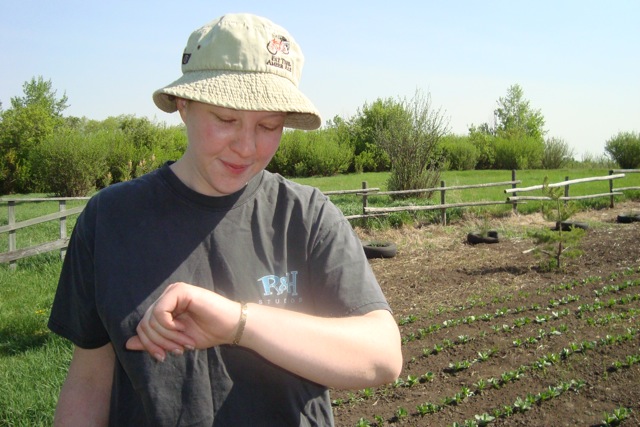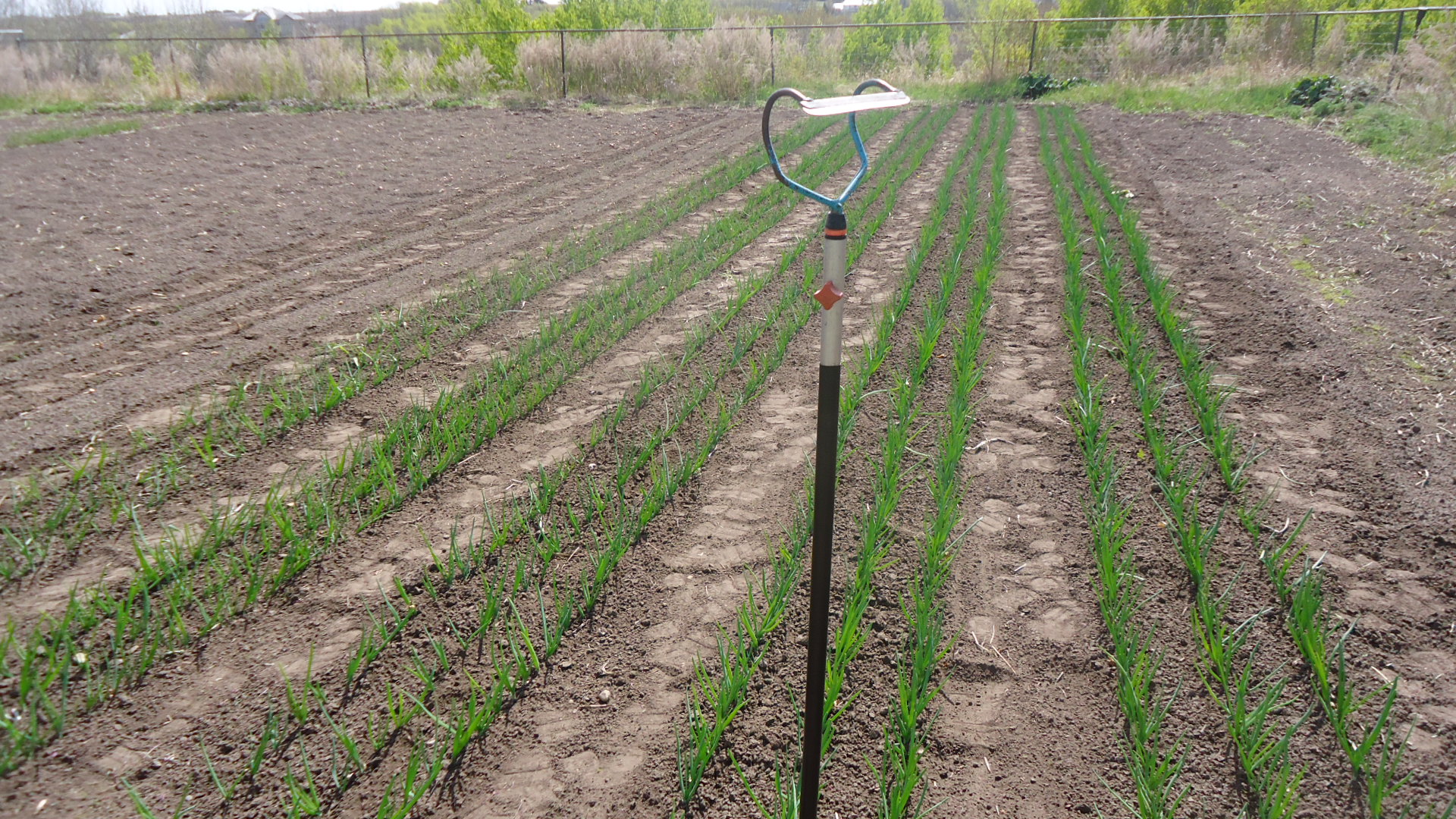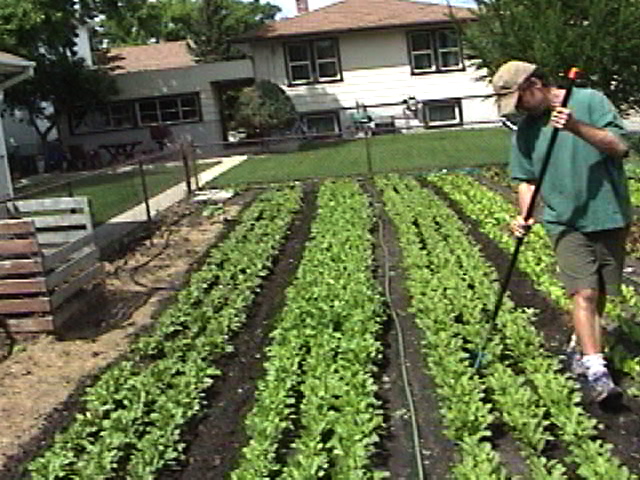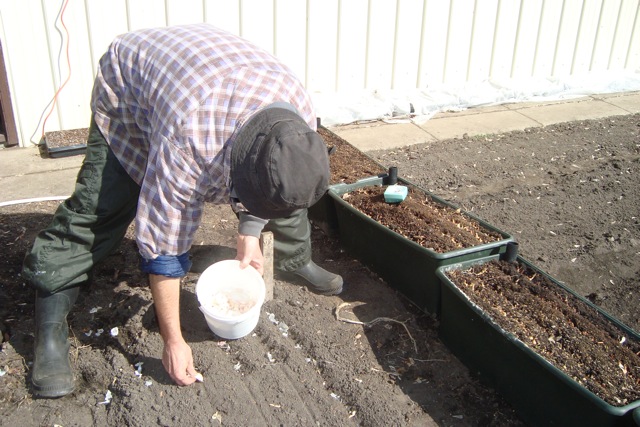Courtesy of Wally S., Wally’s Urban Market Garden, Saskatoon SK
When I hear tales of woe like this one, I wonder if sustainable farming should carry a warning label. The last thing this person needs is more platitudes, but “work smarter, not harder” is what SPIN farmers do every day. Here’s what that means in practice.
SPIN farms are owner-operated. You keep most of the profit. You also do most of the work, and there’s a lot of work to be done. To manage it all without becoming overwhelmed and burning out, you need to think logistically. There are any number of ways your farm can fail logistically. A tool you can use to avoid this is work rate analysis which is knowing how much time it takes to do a specific task.
After you take all of your farm tasks through a work rate analysis you will find that you will become more productive because you will start trying to work at your determined optimal rate. Not too fast, not too slow. Just steady, at a pace you can sustain. Once you determine your individual work rate, that becomes your work rate benchmark. You will find yourself wanting to keep up with that established work rate benchmark. In essence, your work rate benchmark gives you something to target and strive for.
You also use work rate analysis to plan out work sessions. A work session is a period of time that you allocate to accomplish a specific task and involves an hour or multi-hour periods of time. The way you schedule your work sessions in any given farm week is work flow. To make farming sustainable from a work flow perspective means that you need to schedule your work sessions so that you get the work done effectively, without
burning yourself out.
Lots of people seem to go into sustainable farming based on magical thinking, but what they need is logistical thinking.
To find out how to put work rate analysis into play on your farm, get the guide.
If you’re a Backyard Riches member you can join in the Open House where Wally discusses logistical thinking on January 14, or catch the replay in the Free Resources area at www.backyardriches.com




